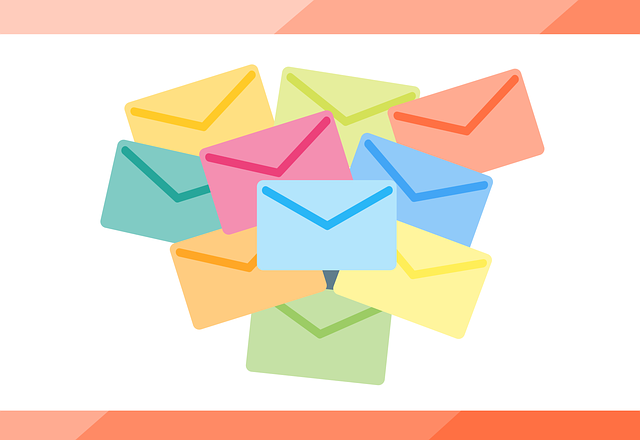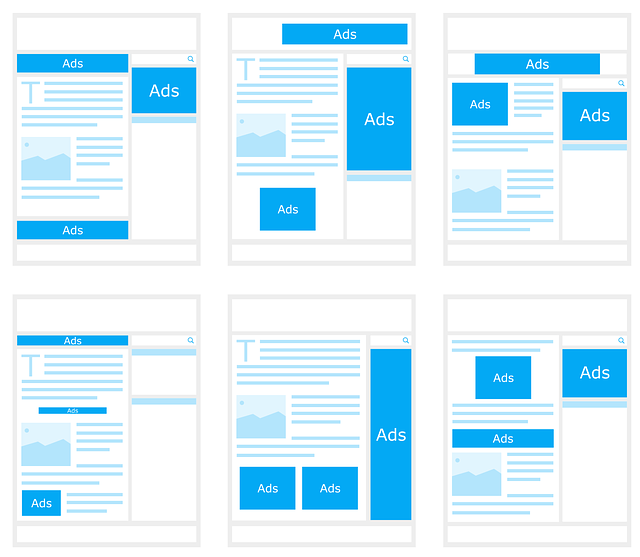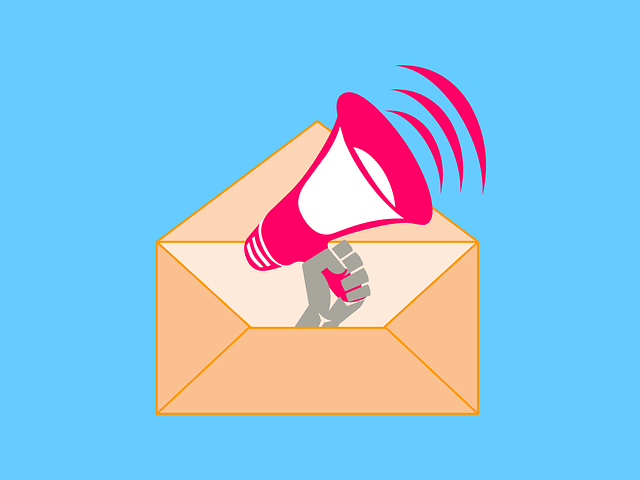Did you know that email marketing has an average ROI of $38 for every dollar spent? That’s a staggering 3,800% return on investment!
As a financial services provider, harnessing the power of email marketing can significantly impact your business growth and client engagement. However, with the ever-increasing competition in the industry, it’s crucial to follow best practices to ensure your email campaigns stand out and deliver real results.
In this step-by-step guide, we will walk you through the email marketing best practices specifically tailored for financial services. You’ll learn how to craft compelling subject lines that grab your audience’s attention, segment your email list to ensure targeted messaging, design engaging email templates that captivate your readers, and personalize your email content to build a strong connection with your clients.
We’ll also explore the importance of complying with industry regulations and provide tips on analyzing and optimizing your email campaigns for maximum effectiveness.
Get ready to supercharge your email marketing efforts and take your financial services business to new heights!
Key Takeaways
- Email marketing has a high ROI and can significantly impact business growth and client engagement for financial services providers.
- Crafting compelling subject lines and testing different variations is crucial for capturing audience attention and increasing open rates.
- Segmenting the email list based on demographics and interests allows for targeted messaging and increased engagement.
- Designing engaging email templates with interactive elements and optimizing for mobile devices enhances the user experience and increases interaction with the content.
Crafting Compelling Subject Lines
Crafting compelling subject lines is crucial to capturing the attention of your audience and increasing open rates. To create an effective subject line, focus on two key elements: creating effective call to action buttons and testing different subject line variations.
Your subject line should entice readers to open your email by using concise and persuasive language. Incorporate strong action verbs and words that provoke curiosity. Additionally, including personalized information, such as the recipient’s name or location, can make the subject line more engaging.
To ensure the effectiveness of your subject lines, test different variations to see which ones resonate best with your audience. This will help you refine your approach and improve open rates.
By crafting compelling subject lines and implementing effective call to action buttons, you can increase engagement and drive better results.
Now, let’s move on to the next section about segmenting your email list.
Segmenting Your Email List
By dividing your subscriber list into targeted groups based on their preferences and behaviors, you can send tailored messages that hit the bullseye and make your emails stand out like a diamond in the rough. Targeting demographics and implementing automation are crucial steps in effectively segmenting your email list. Segmenting allows you to personalize your content, increasing engagement and conversions. Here’s an example of how you can segment your list:
| Segment | Demographics | Interests |
|---|---|---|
| Segment A | Age: 25-35 | Investing, retirement planning |
| Segment B | Age: 35-45 | Mortgage, home equity loans |
| Segment C | Age: 45-55 | Estate planning, wealth management |
With this kind of segmentation, you can send relevant content that resonates with each group, boosting open rates and click-throughs. After segmenting your list, the next step is designing engaging email templates that captivate your audience.
Designing Engaging Email Templates
Create eye-catching email templates that grab your reader’s attention and keep them hooked from start to finish. Incorporate interactive elements like buttons, sliders, and GIFs to make your emails more engaging and interactive.
These elements not only make your emails visually appealing but also encourage your readers to take action. Additionally, ensure that your email templates are optimized for mobile devices. With more and more people accessing emails on their smartphones, it’s crucial to design templates that are mobile-friendly. Use responsive design techniques to ensure that your emails look great on any screen size.
By designing engaging email templates with interactive elements and mobile optimization, you can enhance the overall user experience and increase the likelihood of your readers interacting with your content. This sets the stage for personalizing your email content and delivering targeted messages to your audience.
Personalizing Your Email Content
Imagine yourself as a skilled storyteller, weaving a tapestry of personalized email content that captures the essence of each reader’s unique interests and needs.
With the power of data analytics and customer segmentation, you can create emails that resonate with your audience on a personal level. By analyzing customer data, you can gain insights into their preferences, behaviors, and needs. Use this information to tailor your email content to each individual, addressing their specific pain points and offering personalized solutions.
Personalization not only increases engagement but also builds trust and loyalty with your customers. So, take advantage of the data at your disposal and craft email content that speaks directly to your audience.
In the next section, we will explore how to comply with industry regulations while maximizing the effectiveness of your email marketing campaign.
Complying with Industry Regulations
Ensure that you adhere to industry regulations to maintain trust and safeguard the privacy of your audience, giving them peace of mind and confidence in your brand.
Complying with GDPR (General Data Protection Regulation) is crucial when handling personal data. Here are four key steps to ensure data security in your email marketing campaigns:
-
Obtain explicit consent: Ensure that you’ve obtained the consent of your subscribers before sending them any marketing emails.
-
Implement strong security measures: Protect your subscribers’ data by using encryption, firewalls, and secure servers.
-
Provide clear privacy policies: Clearly communicate how you collect, use, and protect your subscribers’ data in your privacy policy.
-
Offer easy opt-out options: Give subscribers the ability to easily unsubscribe from your emails, respecting their preferences.
By following these practices, you can build trust with your audience and demonstrate your commitment to protecting their data.
In the next section, we’ll discuss how to analyze and optimize your email campaigns for better results.
Analyzing and Optimizing Your Email Campaigns
Now that you understand the importance of complying with industry regulations, it’s time to focus on analyzing and optimizing your email campaigns. A/B testing is a powerful tool that allows you to compare different elements of your emails to see which version performs better. This includes subject lines, call-to-action buttons, or content. By testing and analyzing the results, you can make data-driven decisions to improve your email marketing strategy.
Additionally, email deliverability is crucial for ensuring that your messages reach your recipients’ inboxes. It’s essential to regularly monitor your email deliverability rates and take necessary actions to maintain a good sender reputation. This includes regularly cleaning your email list, avoiding spam trigger words, and using reputable email service providers.
By implementing these best practices, you can optimize your email campaigns and achieve better results.
Frequently Asked Questions
How can I improve the deliverability of my emails to ensure they reach the intended recipients?
To improve email deliverability and increase engagement, there are a few key steps you should take.
First, regularly clean your email list to remove inactive or invalid addresses.
Second, use a reputable email service provider that has strong deliverability rates.
Third, personalize your emails and make sure they’re relevant to your recipients.
Lastly, avoid using spam trigger words and always include a clear call-to-action to encourage interaction.
These practices will help ensure your emails reach the right people and generate meaningful engagement.
What are some effective strategies to increase open rates and click-through rates in email marketing campaigns?
To increase open rates and click-through rates in your email marketing campaigns, focus on personalization strategies and subject line optimization. Tailor your emails to the individual recipient by using their name and addressing their specific needs or interests.
Craft compelling subject lines that grab attention and entice readers to open the email. Experiment with different subject line styles, such as posing a question or creating a sense of urgency, to see what resonates best with your audience.
How can I effectively measure the ROI (return on investment) of my email marketing efforts?
To effectively measure the ROI of your email marketing efforts, focus on tracking email campaign success. Dive into the data ocean and ride the waves of valuable insights.
Analyze open rates, click-through rates, conversion rates, and revenue generated from email campaigns. Use tracking tools to monitor subscriber behavior, segment your audience, and personalize your messages. By deciphering these metrics, you can optimize your strategies, boost engagement, and sail towards greater returns on your email marketing voyage.
Are there any specific email marketing tactics that work best for targeting millennials in the financial services industry?
To effectively target millennials in the financial services industry, it’s best to use personalization techniques and content segmentation. By tailoring your email campaigns to their specific needs and interests, you can engage them more effectively.
Personalization can include addressing them by name and providing relevant content based on their financial goals or life stage. Content segmentation allows you to send targeted messages based on their preferences, such as investing, saving, or budgeting.
This approach increases the chances of success in reaching and resonating with millennial customers.
How can I ensure that my email marketing campaigns are mobile-friendly and optimized for different devices?
To ensure your email marketing campaigns are mobile-friendly and optimized for different devices, focus on mobile optimization and device compatibility.
Use responsive email templates that automatically adjust to fit various screen sizes.
Optimize your email content for shorter attention spans by keeping it concise and visually appealing.
Test your emails on different devices and email clients to ensure they display correctly.
By prioritizing mobile optimization and device compatibility, you can effectively engage your audience and maximize the impact of your email campaigns.
Conclusion
In conclusion, by following these email marketing best practices for financial services, you can enhance your campaign’s effectiveness and drive better results.
Craft captivating subject lines that grab attention, segment your email list to target specific audiences, and design visually appealing templates to engage your readers.
Personalize your content to establish a connection with your audience and ensure compliance with industry regulations to maintain trust.
Lastly, analyze and optimize your campaigns to continuously improve your strategy. By implementing these steps, you’ll take your email marketing to new heights and achieve remarkable success.
Don’t miss out on this opportunity to boost your financial services business!









